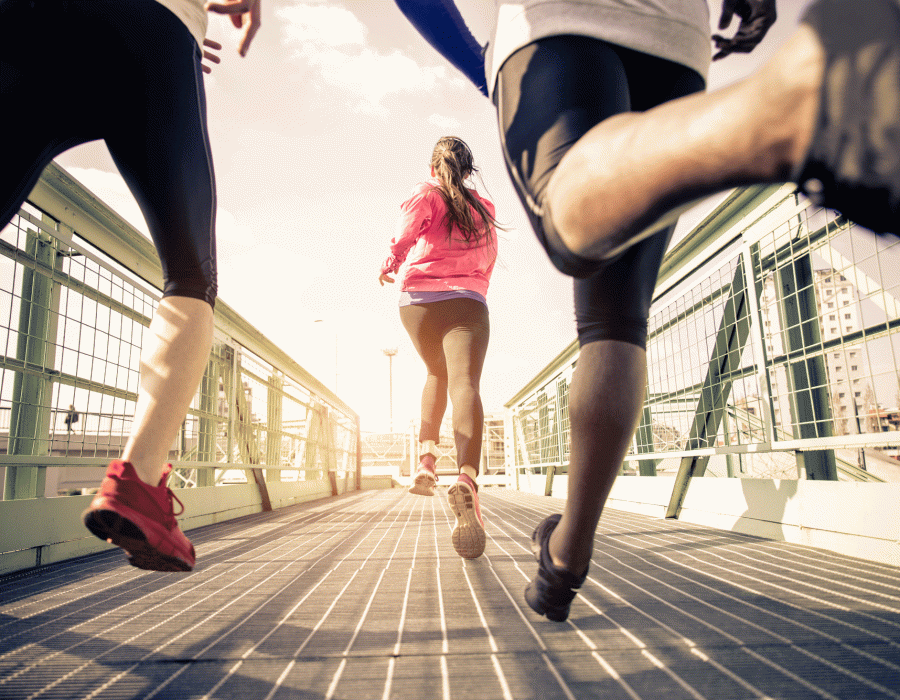Fitness and Performance
Tower Running: Steps to recovery

What is tower running?
Running up hundreds of stairs to the top of the tallest skyscrapers in the world is the latest fitness craze. Its popularity is increasing for those mad enough to want more of a challenge than flat running. It’s a physically gruelling, painful process, however worth it for the spectacular views shown to you at the finish line having run up structures such as The Gherkin, or New York’s Empire State Building – to name a few!
Tower running is no walk in the park, and is a very different prospect compared to most level running events, so it’s important to prepare for and recover after the race appropriately.
Challenges of tower running
- Pacing – after a mass start with people barging to get an early advantage, you are often left breathless having worn out energy stores too early. It can leave people staggering up the stairs exhausted.
- Technique – 1, 2, 3 stairs at a time…? What’s the quickest, best way to propel you up that never-ending staircase? And to pull yourself up those bannisters or to leave your arms free to propel you upwards? The choice is yours.
- Lactic burn – this is a high intensity, demanding race where the only way is up. Lactic acid will build up in the muscles quickly and they’ll burn!
- Heat – you’re running in a hot little tube of a stairwell, remember. No windows (usually). It’s hot, and you’re going to be sweating and dehydrated.
After having tackled this immense challenge, and made it to the top of the tower, unfortunately the process isn’t quite over. The all-important and dreaded recovery process awaits!
Steps to recovery
- Re-hydrate – Healthy muscles are approximately 75% water and the tissues can be bathed in water to ensure fluid, smooth movement. Lots of water will have been lost during the run through sweating, so it’s imperative this fluid is replenished.
- Cooldown – a session of light cardio exercise after the intense physical activity of the race gradually reduces the heart rate and body temperature. This helps to relax the muscles, restoring the body to its original state.
- Sports massage – having a 10-15 minute sports massage after an event like this is a great way to relax, soothe and ease those tired muscles. Most events like this will have physiotherapists/sports massage therapists on hand to deliver post-event sports massage. So go on, treat yourself!
- Sleep – getting a good nights sleep is one of the key factors in aiding physical recovery after exercise and reducing those aches and pains.
At Bodyset, we are always on hand to help with preparation and recovery. So, get in touch and good luck!
Written by Sally Dixson, Senior Physiotherapist